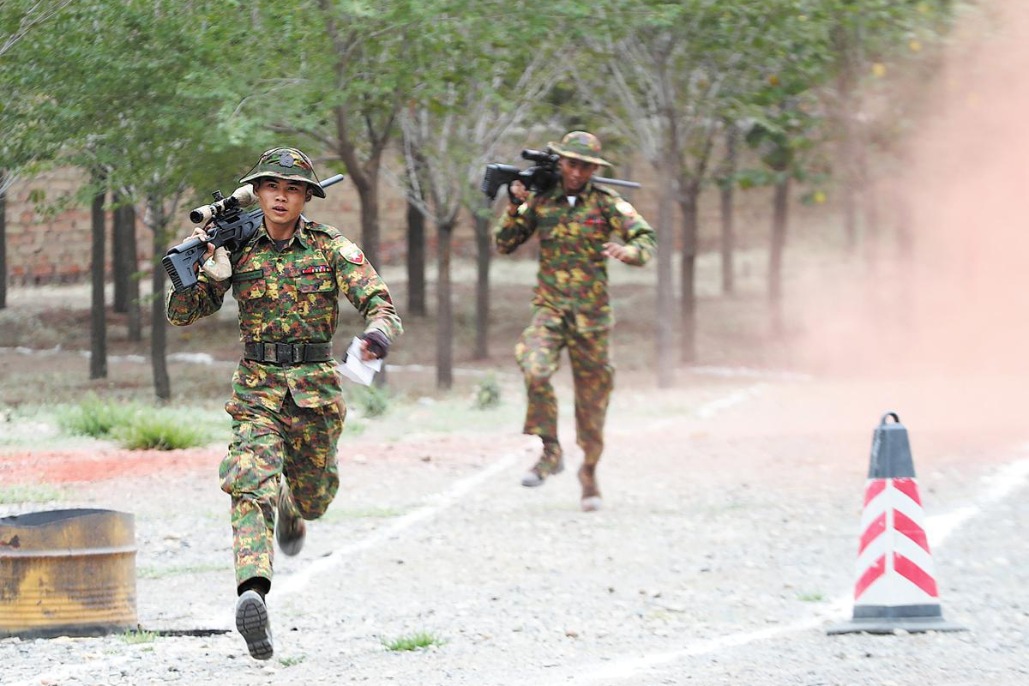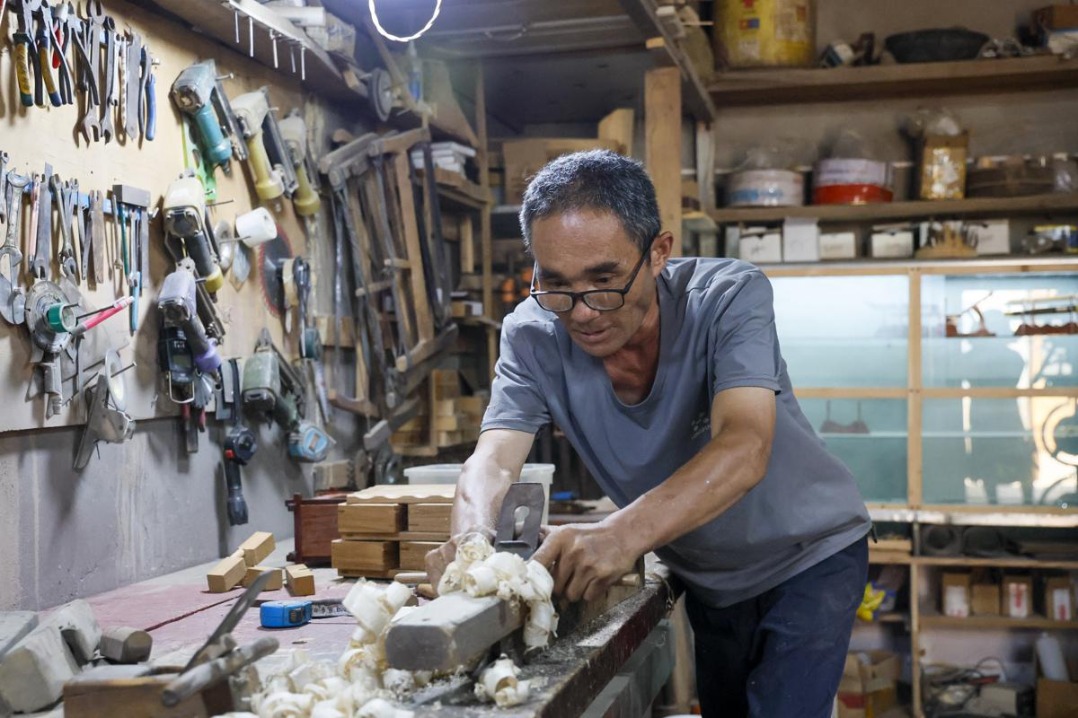Chinese researchers invent power-free device to separate plasma from whole blood

BEIJING -- A team of Chinese researchers has developed a power-free device to extract plasma from whole blood with 99 percent separation efficiency, showing broad application prospect in point-of-care testing and medical emergencies, China Science Daily reported on Friday.
The plasma extraction through centrifugation is considered the gold standard in diagnostic blood testing. However, when rapid and efficient separation of small amounts of plasma is required, such as in point-of-care testing or small animal model research, traditional centrifuges are often inadequate. Moreover, centrifuges are difficult to use in outdoor or emergency situations.
According to a study recently published in Microsystems & Nanoengineering, researchers from the Shenzhen Institutes of Advanced Technology under the Chinese Academy of Sciences developed an efficient and power-free whole blood separation device based on the principle of negative magnetophoresis.
Under the action of an external magnetic field, the diamagnetic particles and paramagnetic medium will generate negative magnetophoretic force due to different magnetic susceptibility, pushing the diamagnetic particles or cells to the minimum of the non-uniform magnetic field.
By using magnetic arrays and biocompatible ferrofluid, the new device can adjust the processing volume per cycle from 100 microliters to 3 milliliters. It can separate 3 milliliters of whole blood in as fast as 1 minute, with a separation efficiency as high as 99.9 percent.
According to the study, the researchers also carried out rats and human whole blood separation, as well as subsequent plasma biomarker detection tests to validate the device's separation performance and broad applicability.
- China takes strong measures to ensure affordable medicines during 14th Five-Year Plan period
- China issues typhoon and rainstorm warning
- Woman extends a thousand hands to Wuxi expats
- China boosts medical insurance spending on innovative drugs
- Long-term care insurance covers 190 million people in China
- How to wear Shanghai-style qipao in daily life?





































